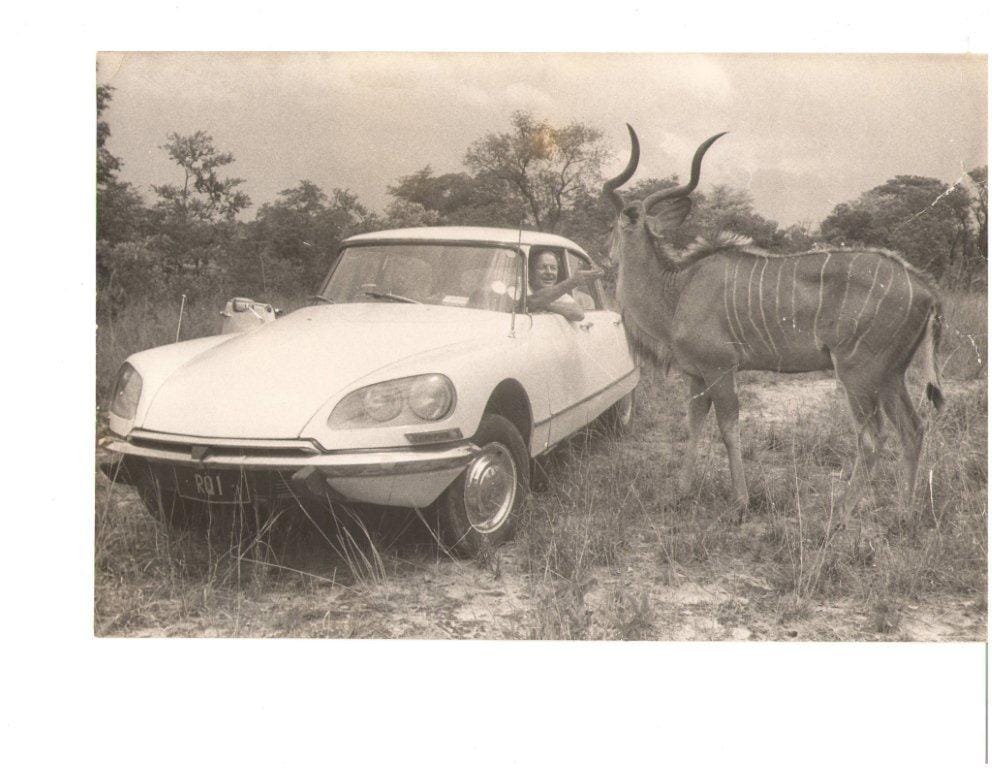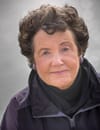How Sable Park Got Its Name

Vic Jenkinson welcoming the first kudu released into Sable Park
How Sable Park Got its Name
Que Que’s African population was growing very fast at Mbizo Township with secondary industries in Que Que arising from RISCO’s steelworks nearby. UDI and world sanctions gave the local economy a boost. What had been so easy to import now had to be made locally. Que Que boomed.
How Sable Park Got its Name
The down side of this boom was the threat to the ecologically beautiful though fragile Dutchman’s Pool area and Echo Park. Vic Jenkinson, Mayor of Que Que in 1968 wanted to protect this area from encroachment from the township.
Vic acquired land from the Municipality, Sable Chemicals and then from the late Sonny Field of Woodlands Farm for a Game Park.
Vic introduced the first wildlife to the park from python to kudu, as well as trees.
There is nothing more beautiful than a big kudu male with his spiraled horns and thin white stripes on a tawny coat. Despite their large size they are common in the African savannah. The herds are large though they are quiet and concealing. They keep their domain.
Sable, in contrast, the national animal of Rhodesia, are scarce, running in small herds of thirty to fifty animals in the big vleis on the Great Dyke, which locally lies between Ngesi and Sebakwe. They graze the vleis during the day and retreat to the rocky hills on the dyke at night. Once the herd is saturated the herd splinters and moves into another vlei leaving the dominant bull behind.
There is nothing more majestic than the sleek black mature male with his white cheeks, chin and underbelly. Their ringed horns arch backward in a single curve, almost a half circle. Designated as Royal Game before 1960, they were protected for the monarch. Only the King and Queen of England and their friends could hunt them.
Sable had been heavily poached in the area. Vic wanted to ensure they, too, would be represented in the new park. Luckily, the Morkel’s, fiercely protective of their herds on Mazuri Ranch on the former Rhodesdale Estate, had built up a number of herds over twenty years. They agreed to part with a small group of cows and their young. Les Orsmond, Que Que’s veterinarian, also dedicated to wildlife, darted and translocated these animals to the park.
The wildlife population grew over the years under the stewardship of the Jenkinson family which cared for many young orphaned birds and animals that were released into the park; night apes to elephants, from the time of its inception to about 2000.
The Park was named after the national animal as well as the chemical company that made it all possible: a symbiosis of industry and conservation.
Many thanks to Lez Jenkinson of Zimbabwe for terrific photo and facts as well as comments from Ron Morkel of North Carolina author of Rhodesia from Beginning to End.
